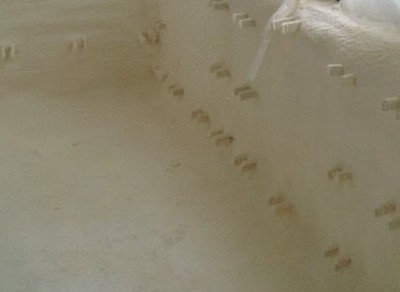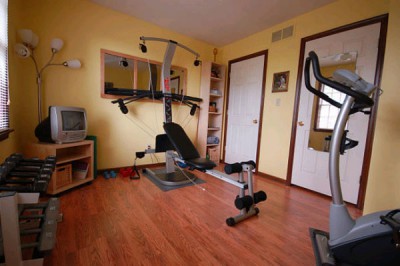Insulation of the floor when groundwater is close to the surface
Hello. In an old wooden house the floors are only fair. Some of the boards need to be replaced, since some from time to time fell into disrepair and were removed, because the furnace was shifted. The soil under the house is very moist, groundwater is close. In the spring sometimes there is even water or liquid mud. Nobody gives unambiguous recommendations. How can I insulate the floor, is it necessary in this case? Is it possible to make a “warm” electric floor? We live in the house so far only from April to November. But we are going to winter. The problem is that the house is always damp if the stove is not heated. I want to do everything once and in a good way. I hope for the advice of professionals.
Ivan
Expert Answer
Hello, Ivan!
The situation that occurs with the floors in your home is not simple. In the form in which floor heating is currently equipped, it will be very difficult to completely fix the situation. The only way out, as you correctly noticed, is the installation of an infrared film floor. This will reduce the humidity in the room, but with regard to damage to the finished floor, the dampness that comes from the soil will still gradually render the boards unusable.
You can radically solve your problem only by removing old floors and arranging new ones. For this, the old coating is cut out and the base is poured with concrete. A layer of polystyrene foam insulation is laid on top of it. The best material is extruded polystyrene foam, which is, in fact, high density foam. The thermal insulation from above is closed with a cement-sand screed, in which you can lay the contour of the heated water floor or electric floor heating mats. When using an IR film, it is placed on top of the screed. As a topcoat, you can use any modern materials - laminate, parquet, tile, linoleum or carpet.
A working warm floor will completely eliminate moisture - this has been repeatedly proven in practice. Here are just a constantly functioning electrical system will be uneconomical. In your case, it would be ideal to install a small water heat exchanger in the stove, which with the help of a centrifugal pump could pump hot water along the contour of a heated water floor. And to turn on the pump and adjust the heating temperature, you can use the simplest means of automation - a thermal relay and a thermostatic valve of any type.



